Optimal Timing for Foundation Repairs

Spring offers favorable conditions for foundation repairs due to moderate temperatures and soil moisture levels.

Summer repairs may be effective but can be impacted by high temperatures and dry soil conditions.
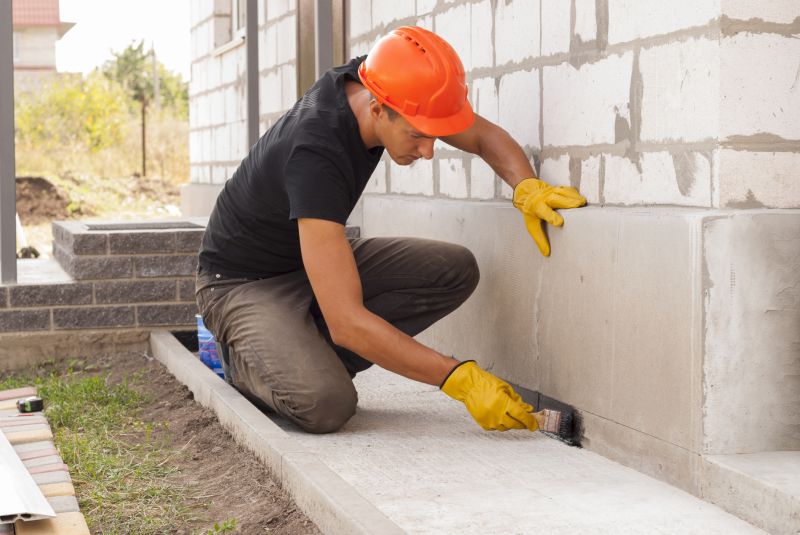
Fall and winter can be suitable if soil conditions are stable; however, extreme cold may delay certain repair processes.
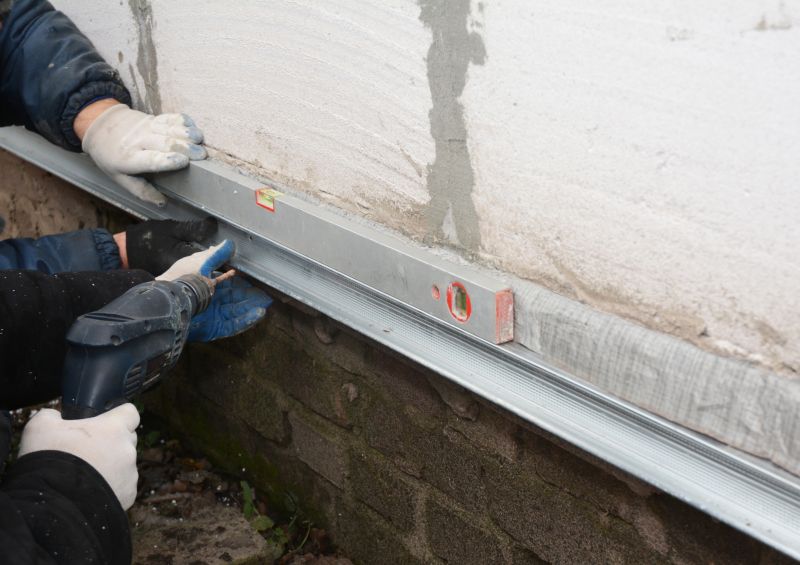
Ways to make Foundation Repairs work in tight or awkward layouts.
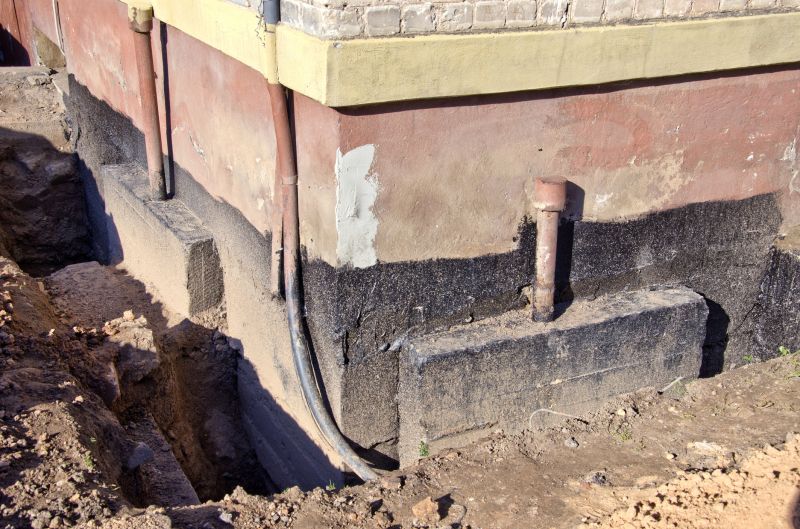
Popular materials for Foundation Repairs and why they hold up over time.
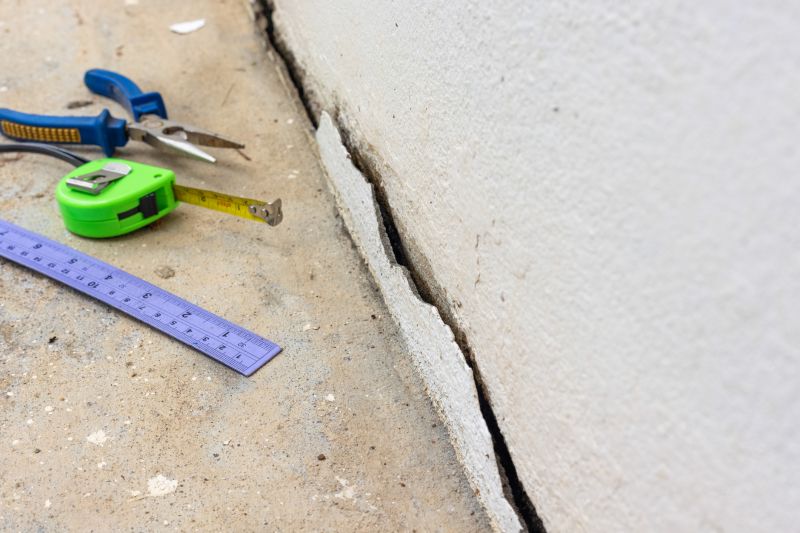
Simple add-ons that improve Foundation Repairs without blowing the budget.

High-end options that actually feel worth it for Foundation Repairs.
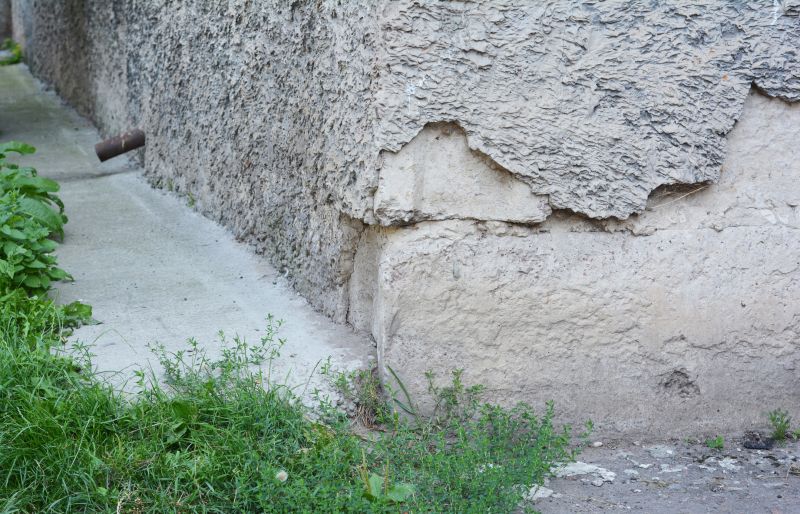
Finishes and colors that play nicely with Foundation Repairs.
Foundation repairs are essential for maintaining the structural integrity of a building. Timely intervention can prevent further damage and costly renovations. The optimal timing for repairs depends on various factors, including weather conditions, soil moisture levels, and the severity of foundation issues. Understanding these factors can help determine the most effective period for addressing foundation concerns.
Studies indicate that foundation repairs performed during moderate weather conditions tend to have better outcomes, with reduced risk of soil movement and material issues. For example, soil expansion and contraction due to moisture fluctuations are minimized in spring and fall, making these seasons ideal for foundation work. Addressing foundation problems promptly can also prevent secondary damages to walls, floors, and other structural elements.
Cracks in walls, uneven floors, and sticking doors may indicate foundation problems requiring repair.
Common methods include piering, underpinning, and mudjacking, each suited to different types of foundation issues.
A thorough evaluation by specialists ensures the appropriate repair approach and timing.
Soil stability plays a crucial role; repairs are best done when soil moisture is balanced to prevent further movement.

Step-by-step procedures include assessment, excavation, and stabilization techniques.
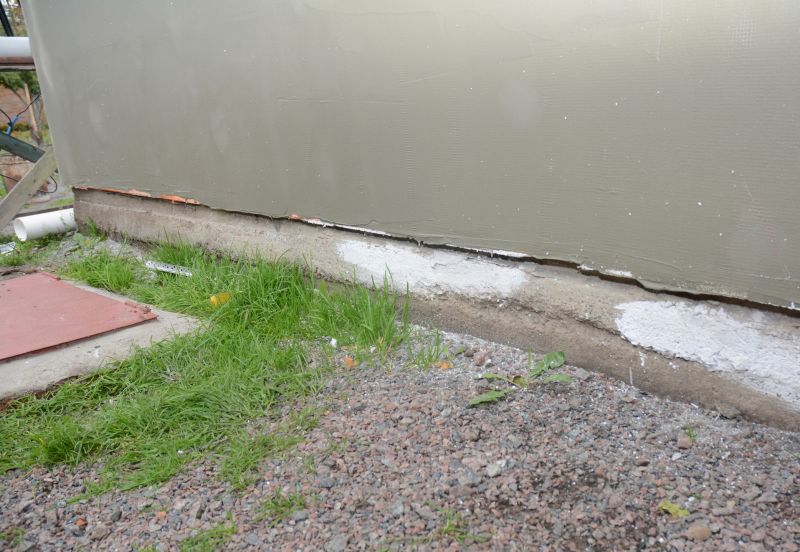
Visual evidence of structural improvements post-repair.

Specialized tools and machinery used in modern foundation stabilization.
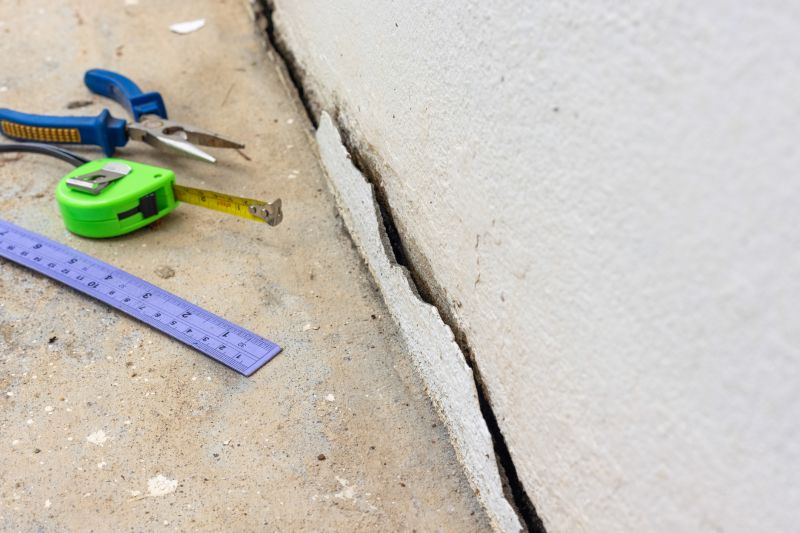
Methods to seal and reinforce cracks to prevent water intrusion and further damage.
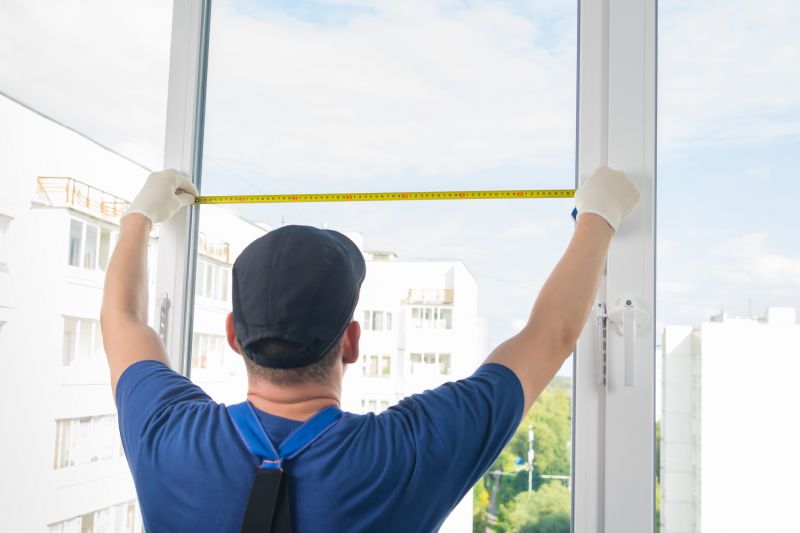
Little measurements that prevent headaches on Foundation Repairs day.

A 60-second routine that keeps Foundation Repairs looking new.
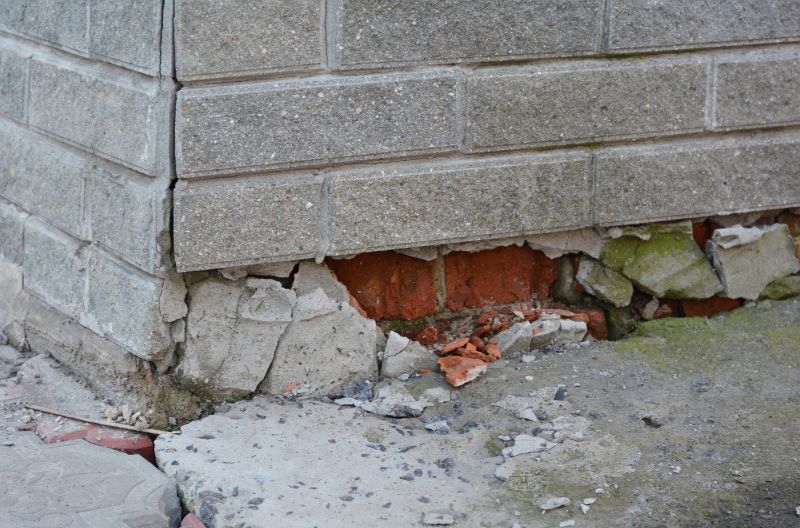
A frequent mistake in Foundation Repairs and how to dodge it.
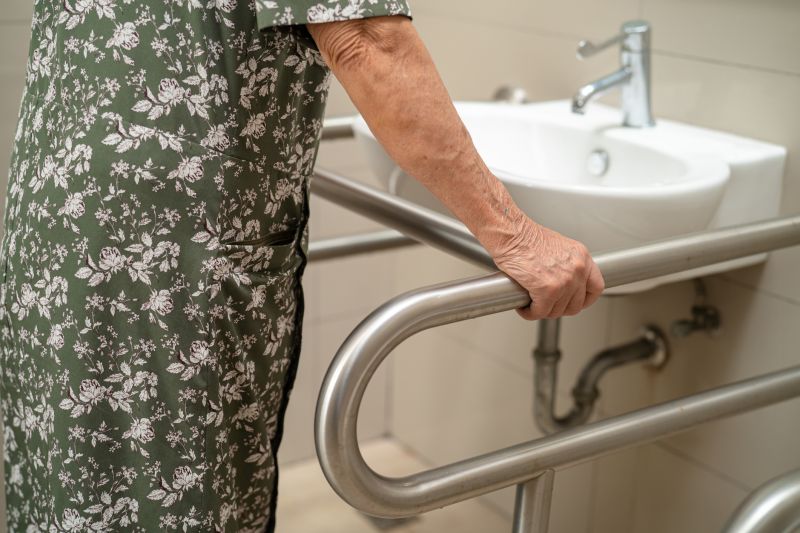
Small tweaks to make Foundation Repairs safer and easier to use.
| Season | Ideal Conditions for Foundation Repairs |
|---|---|
| Spring | Moderate soil moisture, mild temperatures |
| Summer | Dry and hot, potential soil contraction |
| Fall | Stable soil moisture, cooler temperatures |
| Winter | Cold temperatures, soil may be frozen |

